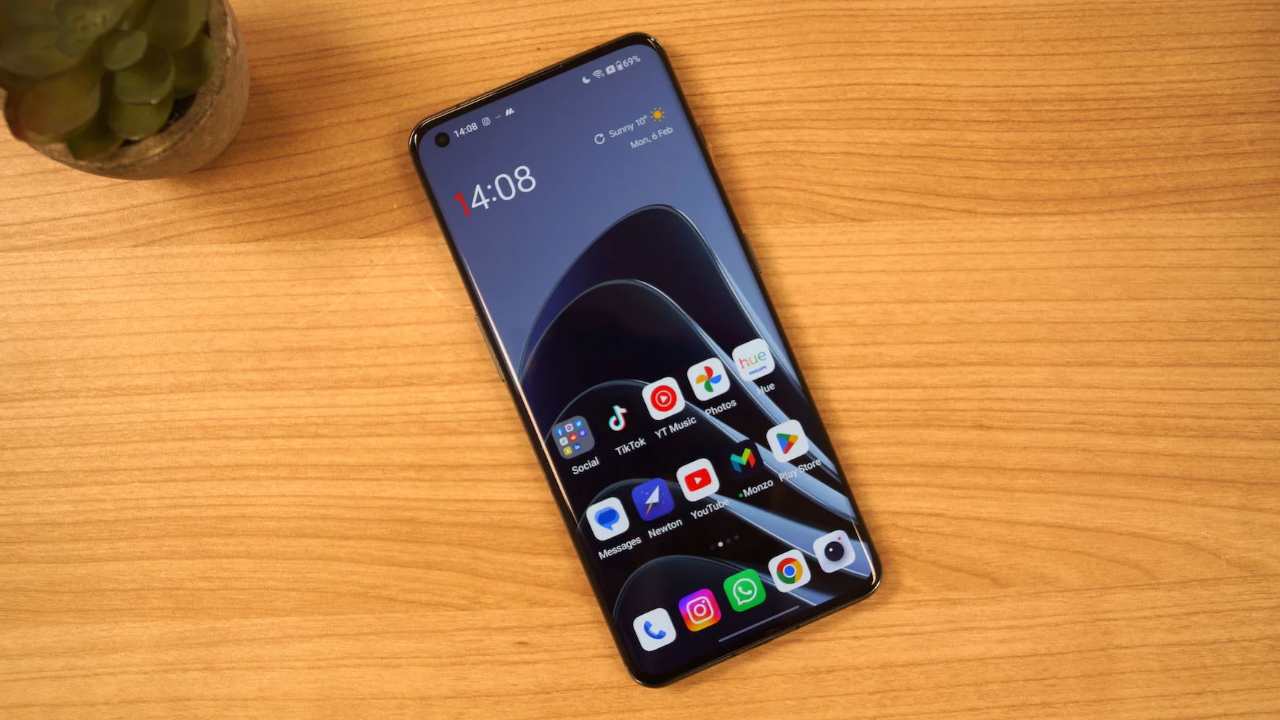The release of the OnePlus 10 Pro left everyone with mixed feelings. While it was one of the strongest smartphones specifications-wise, it couldn’t go head-to-head with other brands like Samsung, Apple, and more. It mainly lacked good software, a camera, and the overall user experience.
But how does the OnePlus 11 holds itself against its predecessor? In this review, we will cover OnePlus 11 vs. OnePlus 10 Pro and see how much of an improvement did OnePlus make.
Is OnePlus 11 Worth The Upgrade?

Yes, OnePlus 11 is worth an upgrade compared to OnePlus 10 Pro if you’re looking for a great camera. The samples of the OnePlus 11 surprised many people, and many tech YouTubers have already tested the camera.
According to various tech camera comparisons like SuperSaf, the OnePlus 11 competes with the latest and greatest flagship smartphones like Apple iPhone 14 Pro.
So if you don’t like the washed-out camera from the OnePlus 10 Pro, you might find the upgrade more worth it. The price difference between the two models is minimal, and if you haven’t bought either device, then OnePlus 11 is easily a good pick.
However, you should question your purchase decision if you are already on a OnePlus 10 Pro. Changing phones is a subjective option. But if you want a complete comparison between the two devices, here’s everything you need to know.
Design: Which One Is More Attractive?
Even though the design seems to have changed, it’s more similar looking than ever. Both devices have Gorilla Glass Victus on the front with an aluminum frame. Moreover, the size and shape of both smartphones are similar, but OnePlus 11’s camera module seems more blend in with the back.
Instead of using a square camera design on the back, the OnePlus 11 has a circular camera and a larger unit than the OnePlus 10 Pro. Lastly, the camera module of the OnePlus 11 is built using a polished stainless steel platform.
Moreover, instead of a rough back, the OnePlus 11 has more of a polished and glossy surface with a diffusing layer. Finally, regarding water resistance, the OnePlus 10 Pro was rated as IP68 water and dust resistant. However, the 11 is only IP64. It’s disappointing to see the change, but that’s just like OnePlus.
Display: Which One Has Better Display?

OnePlus 11 and OnePlus 10 Pro have similar displays; 6.7 inch AMOLED with QHD+ resolution. Both devices have 1440 x 3216 with a 525ppi. Moreover, both devices also support a 120HZ LTPO display with a peak brightness of 1300nits.
If you look at the display side to side, you won’t be able to tell the difference. However, that doesn’t mean that OnePlus 10 Pro has a bad display. Both devices have an excellent display by today’s standards.
But one thing that 11 and 10 Pro suffer from is that the display doesn’t get plenty bright. Other competitors like Samsung and Apple have reached over 1500nits, substantially better than the OnePlus lineup.
Memory Options
When we talk about memory options, both phones have similar specs. OnePlus 10 Pro has a minimum RAM of 8 GB and goes up to 12 GB. However, OnePlus 11 have a maximum RAM option of 16 GB.
Both devices also have a maximum storage option of 512GB. But one area where OnePlus 11 takes the cake is the memory speed department. With the UFS 4.0 storage, you can expect the read and write speed to be blazing fast.
Even though OnePlus 10 Pro has 3.1 UFS storage, it’s not as fast as the 11.
Processors: Snapdragon 8 Gen 1 vs. Snapdragon 8 Gen 2
When we talk about processors, that’s where things change. The Snapdragon 8 Gen 2 has been successful in terms of thermal performance and power. Many modern phones come with 8 Gen 2, and its power is impressive.
However, in day-to-day usage, you won’t feel much performance difference. You feel the difference when you push both devices in Geekbench or Antutu Benchmark. The 8 Gen 2 is slightly faster than the 8 Gen 1, but the difference matters for tech-savvy people.
The processor difference seems miles away in the benchmark of the OnePlus 8 Gen 1 and 8 Gen 2. According to NanoReview, OnePlus 11 has a single-core performance of 1482 and a multicore performance of 4861. On the other hand, 10 Pro has a 976 score as a single core, while 3451 is a multi-core. That’s a big difference.
Camera: How Has OnePlus 11 Improved?

The camera is where things get interesting. OnePlus 11 has a triple camera, with the main lens being a 50MP, a 32MP telephoto, and a 48MP ultra-wide. The front cam is a wide-angle 16MP camera. However, when we compare the real-world performance of the two devices, it’s a huge improvement in OnePlus 11.
OnePlus 11 wins in nearly every department. From clarity, colors, and consistency, to night mode, selfies, and complex backgrounds, everything is right. OnePlus 10 Pro has issues with its front camera, where it overexposes the background.
But all in all, both phones have good cameras with OnePlus 11 being better.
Battery Life and Charging
OnePlus 10 Pro and 11 have great battery lives, and both are full-day phones. You can stress both phones in the real world with 5G, and you might still not kill them. Both phones come with a 5000mAh battery which is non-removable.
Talking about the charging side of things, the OnePlus 10 Pro can charge up to 100% in 32 minutes with its 80Watt Super VOOC fast charging. But here’s where things get interesting. The OnePlus 11 has 100Watt charging support, charging 1-100% in 25 minutes. If that isn’t impressive, I don’t know what is.
So Which One Should You Buy?
Both OnePlus 10 Pro and 11 are really good phones. The answer to which one you should buy depends on your goal. If you want a perfect flagship for a budget, then OnePlus 11 fits your budget.
However, if you have a lesser budget and still want flagship quality, then OnePlus 10 Pro should be your choice.










